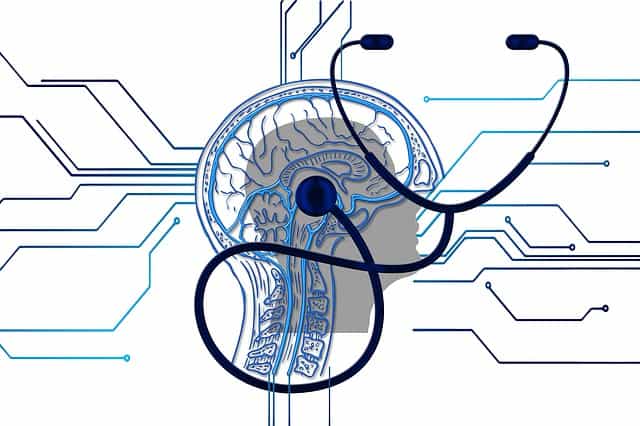Scientists have described the case of a patient who was resistant to Alzheimer’s disease. Two mutations were found in its genome at once: one accelerates the onset of the disease, and the second postpones it. Mild cognitive impairment was developed in the patient thirty years later than other carriers of only the first mutation.
The causes of Alzheimer’s disease are still unknown. More precisely, there are so many factors that influence its development that it is difficult to combine them into a single cause-and-effect chain. One of these factors is genetic. A number of genetic variants are known that accelerate the onset of the disease. For example, the E280A mutation in the PSEN1 gene (presenilin) is associated with the family of Alzheimer’s disease. It is inherited by an autosomal dominant type, that is, one mutant copy of the gene is enough to show the effect: the first symptoms of the disease in the form of mild cognitive impairment they have an average of 44 years of age, and by the age of 49 they develop dementia.
Joseph Arboleda-Velasquez of Harvard Medical School, along with colleagues from Columbia, Sweden, the UK and the USA, examined 1,200 Colombians carrying this mutation. Hoping to find the key to the mechanisms that will defeat Alzheimer’s disease, scientists were looking for those who have less of it.
Researchers found a woman who maintained sobriety of the mind in her 70s – three decades longer than expected. Friends described the patient as completely healthy, but the authors of the work still found signs of mild disorders. Scientists have not been able to find out how long ago these violations occurred, as there is no medical information about it, and the assessments of relatives and acquaintances in such matters will not give reliable information. Therefore, it is impossible to say at what stage the patient stopped the development of the disease – the disorders themselves arose later or simply did not progress – however, she did not suffer from dementia in her years.
Alzheimer’s has two molecular traits: the accumulation of beta-amyloid and tau proteins. Researchers studied the patient’s brain using positron emission tomography and found that the beta-amyloid in her brain was significantly larger than that of other carrying the same E280A mutation. But the tau protein turned out to be much smaller. Therefore, the authors of the work suggested that a woman’s resistance to neurodegeneration is associated with the mechanism that is responsible for the aggregation of tau.

Sequencing of the patient’s genome showed that, in addition to the disease-accelerating mutation, she carries two copies of the “protective” mutation APOECh, which is named after the city of Christchurch in New Zealand, from the inhabitants of which it was first discovered. This mutation affects the APOE gene, which is responsible for proteins associated with the transport of fats by blood. It is believed that the APOE4 allele is the most “risky” for Alzheimer’s disease, the APOE2 allele is the most “safe”, and the APOE3 allele is the “intermediate”, the most common, and it is in it that the APOECh mutation occurs. However, the authors of the work did not find any other homozygous on the APOECh mutation, so it is difficult to draw an unambiguous conclusion as to whether this mutation caused resistance to neurodegeneration.
To test how the APOE protein is associated with amyloid-beta aggregation, researchers conducted vitro experiments. They found that APOECh causes less strong aggregation than APOE3. This means that if the patient didn’t have a “protective” mutation, even more amyloid-beta plaques could accumulate in her brain.
Scientists have suggested that APOECh protects nerve cells from tau aggregation. APOE proteins are known to bind to receptors on the surface of cells and cause them to absorb tau from the outside, which enhances intracellular aggregation. Researchers found that APOE4 binds to these receptors more strongly than all other allelic variants, and APOECh, on the contrary, is the weakest. This is precisely what the authors of the work propose to explain the resistance of their patient to Alzheimer’s disease: despite the formation of a large amount of amyloid-beta, the cells did not absorb tau and therefore did not die.
The authors proposed their own way to reproduce this effect: they synthesized antibodies that adhered to the APOE site that binds to nerve cells. In the presence of antibodies, APOE proteins interact with receptors much worse. This mechanism, scientists called another possible direction in the search for drugs to combat Alzheimer’s disease.
Previously, researchers have already discovered a mutation that gives proteins of Alzheimer’s disease prion-like properties and promotes their aggregation. They also found that mutations associated with the disease can be edited in animals using the CRISPR / Cas9 system and a healthy lifestyle can compensate for the genetic risks of developing the disease.
